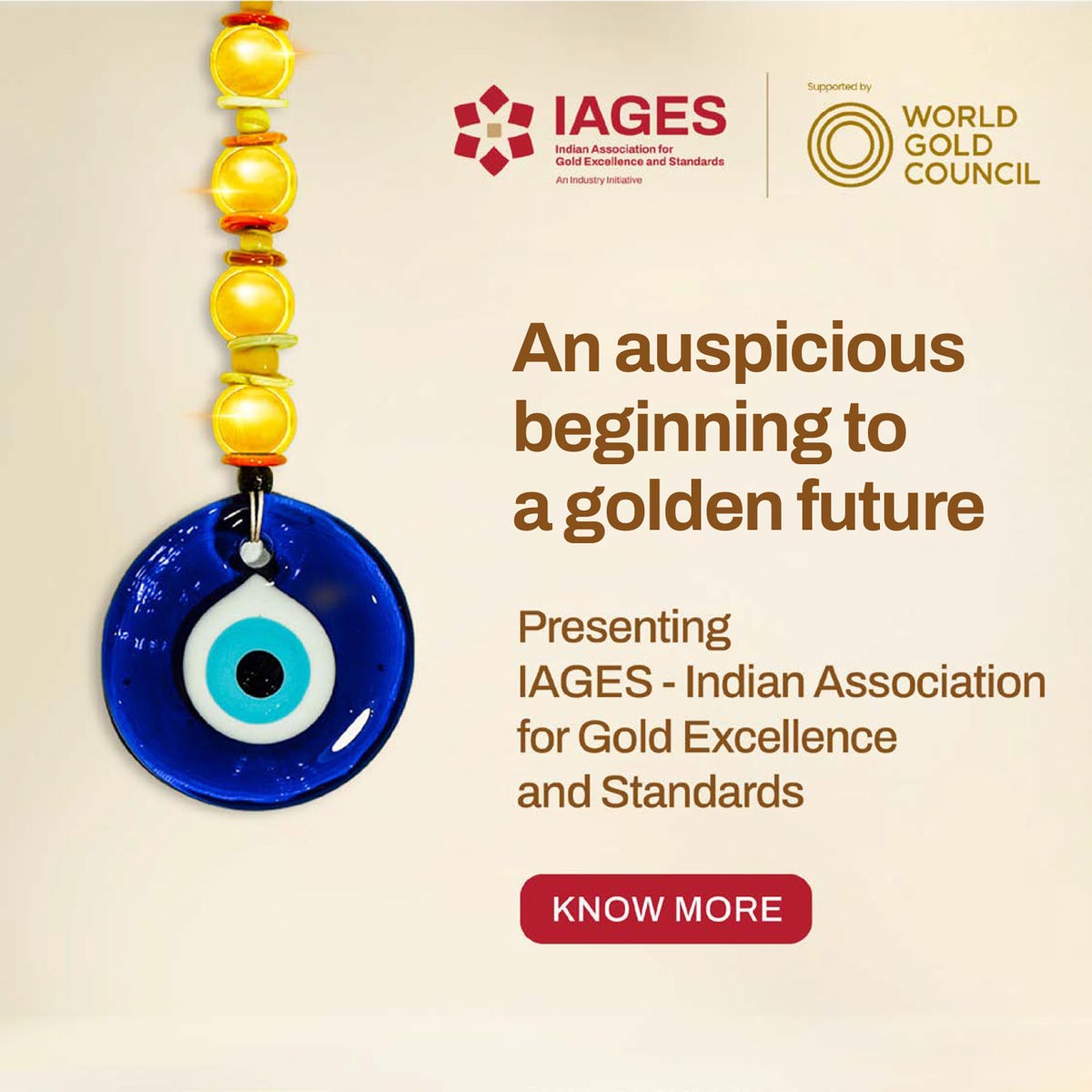RJ Market Watch
The lipstick effect and other slowdown truths

Consumer behaviour during downturns, and what marketers can do.
There is a slowdown buzz around us, in India. Falling sales in sectors such as automobile and real estate are making headlines virtually every day. Consumer goods companies are reporting slower growth. In the latest quarter, non-oil, non-gold imports are down — indicating that Indians are buying less of imported goods too.
On the other hand, the movie business is doing very well, with the latest Akshay Kumar release, Mission Mangal, has struck gold at the box office. And restaurants in Mumbai, where I live, have been running to their usual packed capacity. No slowdown visible in these quarters, for sure. So, are we seeing schizophrenic consumer behaviour in these challenging times?
Perhaps the answer to this question lies in the Great Depression of the 1930s, which is the most severe economic downturn we have witnessed in the past century. It started in 1929 and lasted until the late 1930s, nearly an entire decade. While stock markets collapsed, and consumer demand for most products plunged, marketers and economists stumbled across one interesting observation — demand for lipstick went up significantly. So, why were women scrambling to buy lipstick during a downturn?
Small joys, the big appeal
The reason, it turned out, lay in a simple insight into consumer behaviour. When people do not have enough money to spend on big-ticket items, such as cars or houses, they will still find the cash for small luxury items, which help them feel good in relatively miserable times. Cash-strapped customers want to treat themselves to the small joys of life, such as lipstick, which make them feel and look good — because these small luxuries, which they can afford, help them forget their larger financial woes.
For the same reason, small indulgences will continue to do well during the current slowdown. Even while the Government puts in place stimulus programmes to lift the economy, you can be sure that middle and upper-middle-class Indians will continue to spend on delicious masala dosa breakfasts at nearby Udupi restaurants, watch movies at the nearest multiplexes, and go on “feel good” family visits to the nearest beaches or resorts. This also means that marketers of several product categories that fall into these “small luxuries” should actually leverage the opportunity presented by the broader slowdown because the consumer need for their products will be strong.
Weddings and festivals
Moving away from lipsticks and movies, yet another space where Indian consumers are unlikely to cut back on spending during a downturn is our big, fat weddings and the equally huge festive seasons of Dussehra and Diwali.
Indian families plan their weddings well in advance, and save over several years, for the big day. Therefore, they will not do a small, heavily curtailed wedding just because the year has gone by has been relatively poor. That would also be socially unacceptable in many communities.
Similarly, Diwali is a time to bring prosperity and happiness home, no matter what the transient economic conditions are. In fact, particularly during a downturn, people would like to enjoy their festivities with gusto, because it also helps them forget the underlying economic pain, at least for a while — somewhat similar to the lipstick effect.
Therefore, marketers should expect consumers to loosen their purse strings during the forthcoming Dussehra and Diwali festive seasons and should put in place innovative marketing campaigns that strongly stimulate demand. Such festive spending would be good for consumers, corporates, jobs, and the overall economy.
Seeking greater value
While the above observations pertain primarily to discretionary and infrequent purchases such as consumer durables and jewellery, a different sort of behaviour is likely to manifest itself during slowdowns, in day-to-day products such as toothpaste, soap and tea. Here, the consumer will not stop using these essential products. However, her monthly budget will be pinched by lower salary increases, or reduced business earnings, or even job losses, which are likely to be stark realities during a slowdown.
As a combined result of all these factors, we should expect financially stressed consumers to consciously seek higher value in their daily purchases.
However, they will also subconsciously seek to buy brands that connote aspirational value, because they would not like to downgrade to stuff that is regarded as “low quality” or “cheap”. That will not sit well in their minds, because they would be putting their family well-being at risk.
Hence, aspirational, established brands that offer value packs, special deals, festive promotions and budget variants are likely to win in a big way during a downturn. What will determine success here is how innovatively value is packaged and delivered to consumers. This should make consumers feel good about themselves, yet simultaneously deliver value savings to them. This “value” truth is likely to encompass product categories such as FMCG, daily-use garments, and also some durables that are now regarded as essential, such as mobile phones.
All these aspects of consumer behaviour highlight an imperative for marketers during these slowdown times. They should focus on seeking out pockets of opportunity and growth for their respective products or services, based on sharp insights into consumer behaviour that are most relevant to their industry sectors. In other words, search for the lipstick effects in your respective categories. That’s where you are likely to strike gold.
Harish Bhat is Brand Custodian, Tata Sons, and author of “The Curious Marketer”. These are his personal views
Courtesy: HindubusinessLine



-

 Daily News2 months ago
Daily News2 months agoBvlgari adds designs to its pathbreaking mangalsutra collection ahead of wedding season
-

 Daily News2 months ago
Daily News2 months agoTrent, a TATA subsidiary, launches lab-grown diamond brand ‘Pome,’ shares surge 7.67%
-

 Daily News2 weeks ago
Daily News2 weeks agoMalabar Gold & Diamonds launches ‘Heritage Show’ in Mangalore, featuring jewellery inspired by Maharanis
-

 Daily News4 weeks ago
Daily News4 weeks agoSavji Dholakia’s visionary water conservation project ‘Bharatmata Sarovar’ reinforces commitment to sustainability









